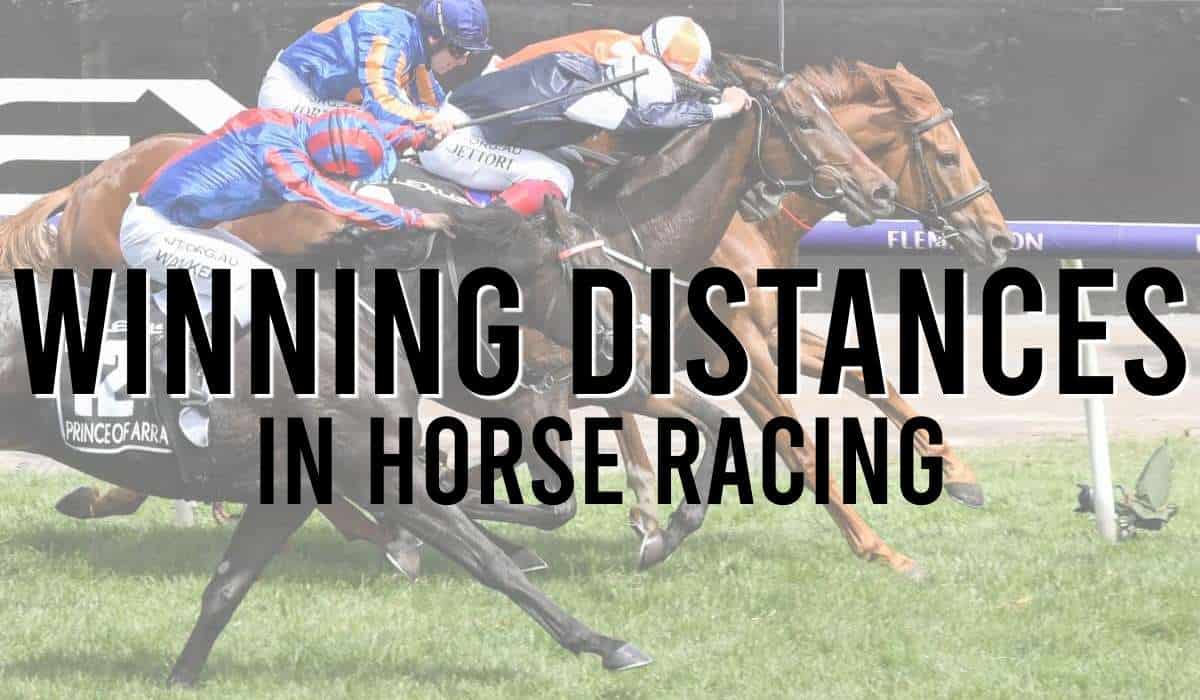When looking to see how far a horse wins a race, this is known as the winning distance.
The winning distances in horse racing are the distances between the winning horse and the second-placed horse.
The betting market on a national hunt race could include a bet on a horse winning by a certain distance.
Punters at the Cheltenham Festival enjoy betting on the widest winning distances in Cheltenham horse racing results.
Every racecard of results includes the times and winning measurements of every racehorse participating.
Find out more about winning distances in horse racing:
Contents
- 1 How are Winning Distances Measured in Horse Racing?
- 2 Winning Margins in Horse Racing
- 3 How many lengths in a second are there in horse racing?
- 4 Betting on Winning Margins and Horse Racing Distances
- 5 Biggest Winning Distances in Racing
- 6 Summary of Winning Distances in Horse Races and Horse Racing Distances Explained
- 7 Related Articles
How are Winning Distances Measured in Horse Racing?
A judge calculates the distances based on the elapsed time between each horse.
Then a scale known as the lengths per second scale (Lps) is used. The length-per-second measurements can vary depending on:
- Flat Racing
- National Hunt Jump Racing
- Type of surface in use at the all-weather fixtures
- Official going description issued on the day
An official time is recorded for each horse at the point at which its nose hits the finishing line, and these are converted into distances.
In 2020, the British Horseracing Association introduced a cap at 12 lengths on the flat up to 30 lengths over jumps, with anything over that being bracketed as “a distance”.
Winning Margins in Horse Racing
Winning distances in horse racing results are:
Dead-Heat
A dead-heat is declared if the judge is unable to separate two horses after a photo finish.
Nose
A nose is the shortest winning margin.
A nose is 0.05 of a length winning distance.
The abbreviation for a nose winning distance is nse.
A nose in horse racing distances is anywhere on the horse’s nostril, so can be as little as 1000th of a second, a couple of millimetres up to about 3 inches.
Short-head
A short head is 0.1 of a length winning margin.
The abbreviation for a short head-winning distance is sh.
0.1 lengths in horse racing is known as a short head winning distance measurement.
Head
A head is 0.2 of a length winning margin.
The abbreviation for a head winning distance is hd.
Neck
The abbreviation for a neck winning distance is nk.
A neck is 0.25 of a length winning margin.
A neck in terms of distance is also known as a 1/4 quarter of a length.
1/2 a length (half a length)
The abbreviation for half a length winning distance is 1/2.
Half a length is 0.5 of a length winning margin.
1 length
A length is the standard measure for winning margins in horse racing.
The abbreviation for one-length winning distance is l.
The above are the typical winning distances in horse racing results
2 lengths
In horse racing, you will hear commentators say that a horse has won by two lengths in distance.
Winning by 2 lengths means the horse that has won the racing event is two full-sized lengths of a horse in front of second place.
The first length of any winning margin is always the length of the winning horse, with any further lengths measured by the gap between the tail of the winner and the nose of the runner-up.
4 lengths
The winning distance on average is 32 feet.
In terms of meters, the 4-length winning distance is 9.6m.
10 Lengths
The average distance of 10 lengths in horse racing is 80 to 90 feet (approx 24m).
The 10-length distance is measured with elapsed time as the horses cross the line and can vary on the size of the horse and its stride pattern.
How many lengths in a second are there in horse racing?
Here are some stats on how many lengths there are in a second:
- 6 lengths per second on firm or quicker ground on flat turf races
- 5.5 lengths per second if the going is good on the flat turf races
- 5 lengths per second on Soft or slower ground on flat turf races
- 6 lengths per second at Kempton Park, Lingfield Park and Wolverhampton
- 5 lengths per second at Southwell
- 5 lengths per second on firm or quicker ground on national hunt jump races
- 4.5 lengths per second if the going is good on the national hunt jump races
- 4 lengths per second on Soft or slower ground on national hunt jump races
How many lengths is 3 seconds in horse racing?
The winning time of 3 seconds on average accumulates to the following in horse lengths:
- Flat sprint races on average 15 lengths
- Longer-distance flat races on average 14 lengths
- National hunt shorter races on average 14 lengths
- National hunt longer-distance races on average 11 lengths
Betting on Winning Margins and Horse Racing Distances
Bookmakers and the best horse racing betting sites do have special markets on winning distances, particularly when there is an odds-on favourite for a big race.
This is primarily to try to add some extra interest for punters who might be reluctant to bet at very short prices.
There are also spread betting markets on winning distances, including overall winning distances for meetings i.e. aggregate winning distance overall races on the card.
Biggest Winning Distances in Racing
Nothing catches the eye more than a horse winning by a wide margin.
Shergar’s record 10 length winning margin in the 1981 Derby still stands although Snowfall smashed the record in the Epsom Oaks when winning by 16 lengths in 2021.
St Jovite, the runner-up to Dr Devious in 1992 Epsom Derby, came out and won the Irish Derby by 12 lengths. Turtle Island won the 1994 Irish 2000 Guineas by 15 lengths and Septimus won the 2008 Irish St Leger by 13 lengths. Other wide margin Group 1 victories that will live long in the memory include Hawk Wing (2003 Lockinge Stakes) and Frankel (2012 Queen Anne Stakes).
Perhaps the most famous wide-margin victory in the history of racing is Secretariat in the 1972 Belmont Stakes. The brilliant chestnut won by a remarkable 31 lengths, posting a race record time that still stands to this day.
Distances in a national hunt race are often wide.
Total winning distances often refers to the finishing positions of all the horses in a race and how far they are respectively behind the horse in front of them.
Summary of Winning Distances in Horse Races and Horse Racing Distances Explained
Winning distances in horse racing although using old fashioned terms (such as head, length, distance etc) are now calculated using mathematical formulas. This means that there is consistency across all racecourses in the UK and horse racing results.
If you enjoyed this article don’t forget to check out horse racing blog where we cover a whole range of racing topics.
- Betting Slips

- Do Horses Enjoy Racing?

- Dresses For The Races

- Each Way Bet

- False Starts in Horse Racing
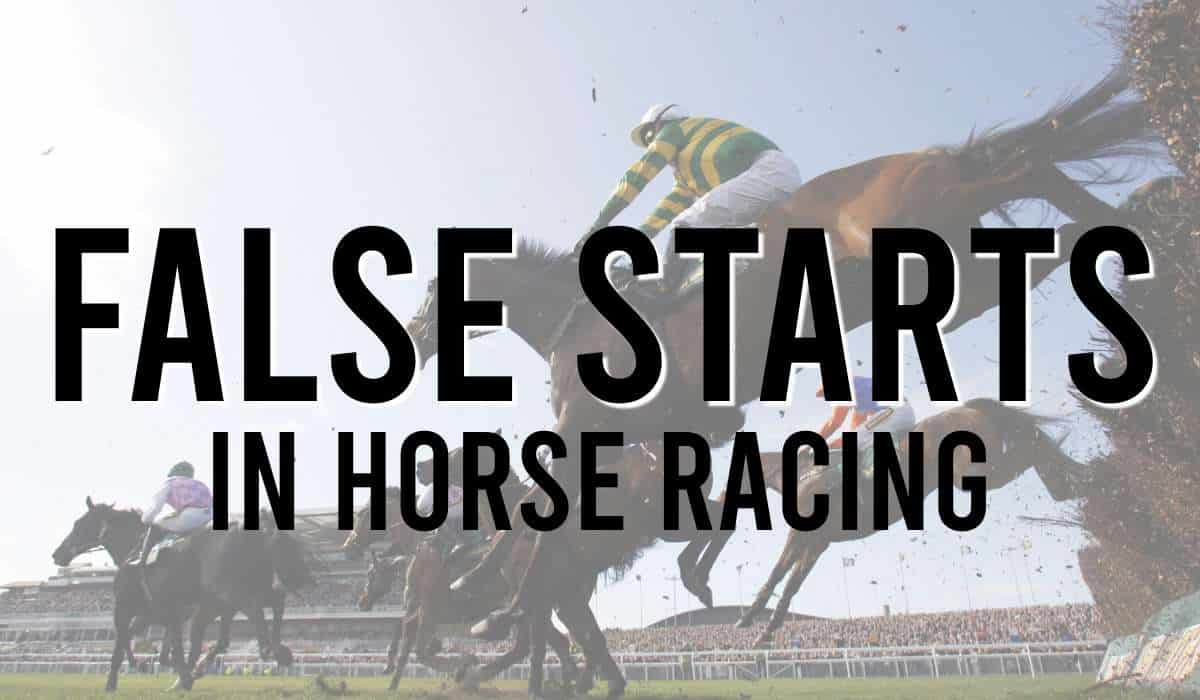
- German Horse Racing

- Horse Racing Betting Terms

- Horse Racing Hurdles Guide

- Horse Racing Memes

- Horse Racing Questions
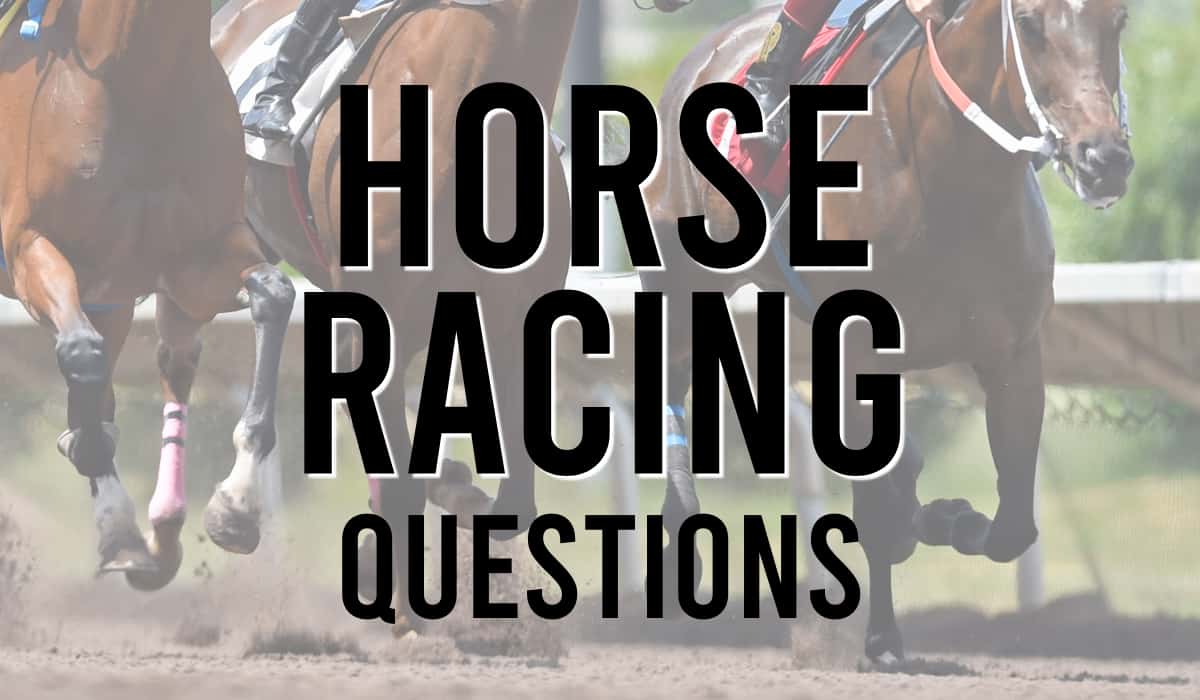
- How Long is a Horse Race?

- How to Place a Bet

- Is Horse Racing Fixed?
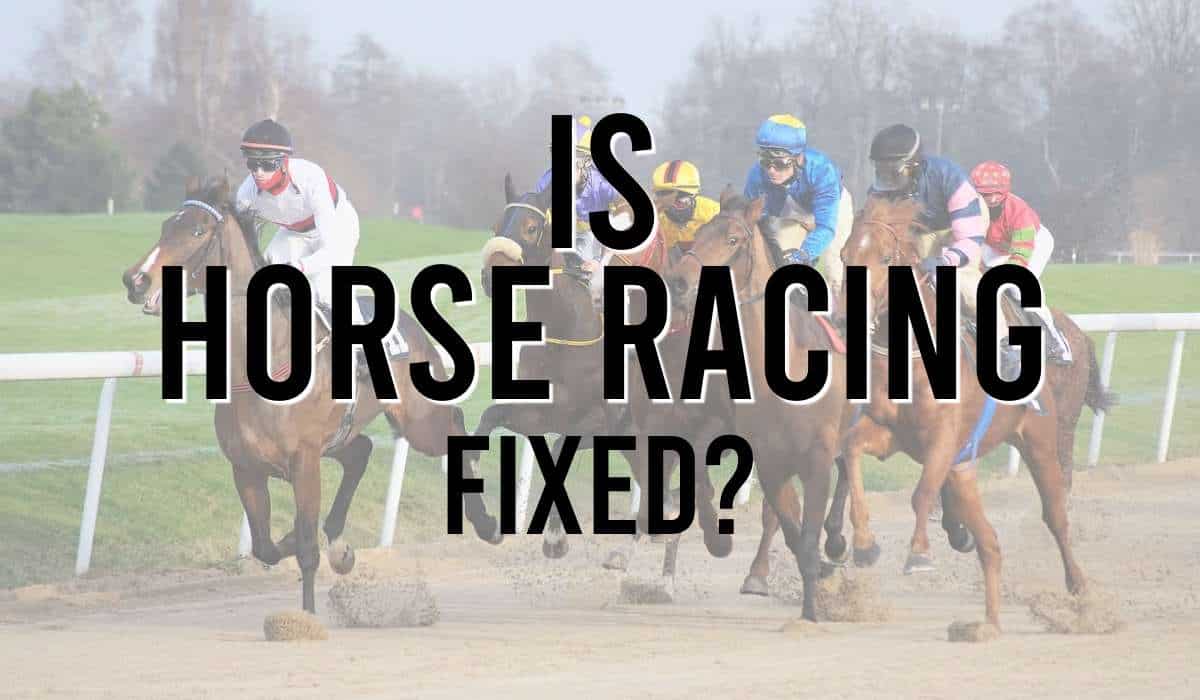
- Rule 4 Deductions
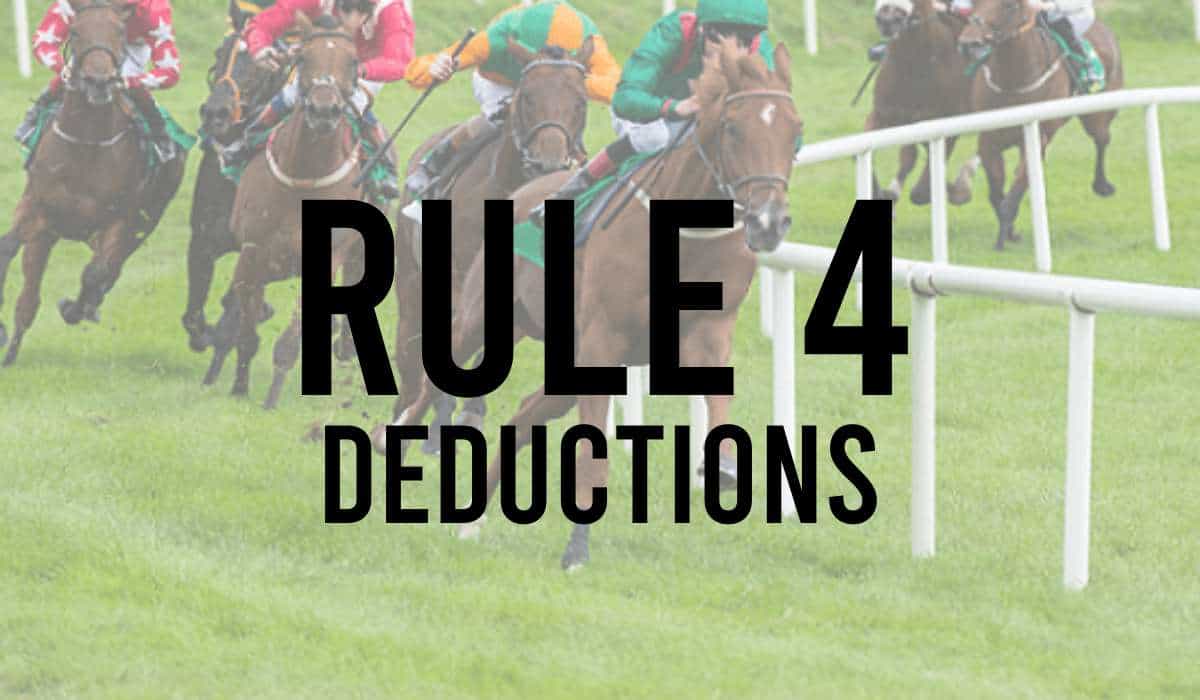
- SCR Horse Racing

- Top Ten Racecourses in the United Kingdom

- Type of Horse Races
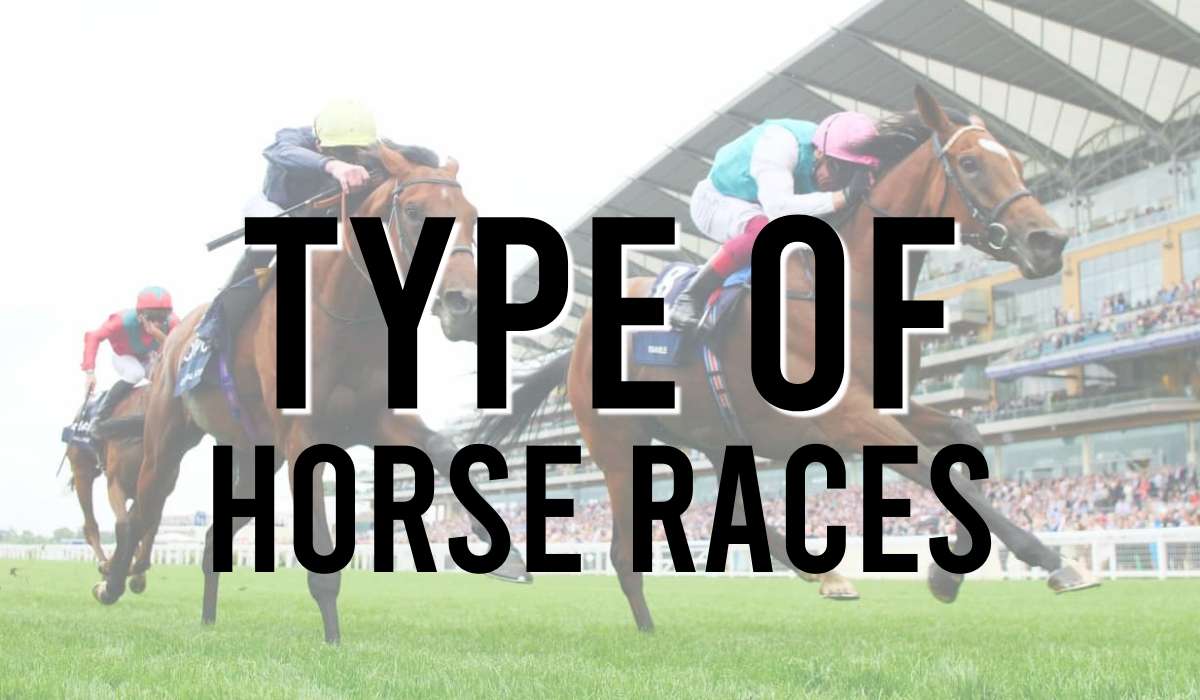
- What is a Handicap Horse Race?
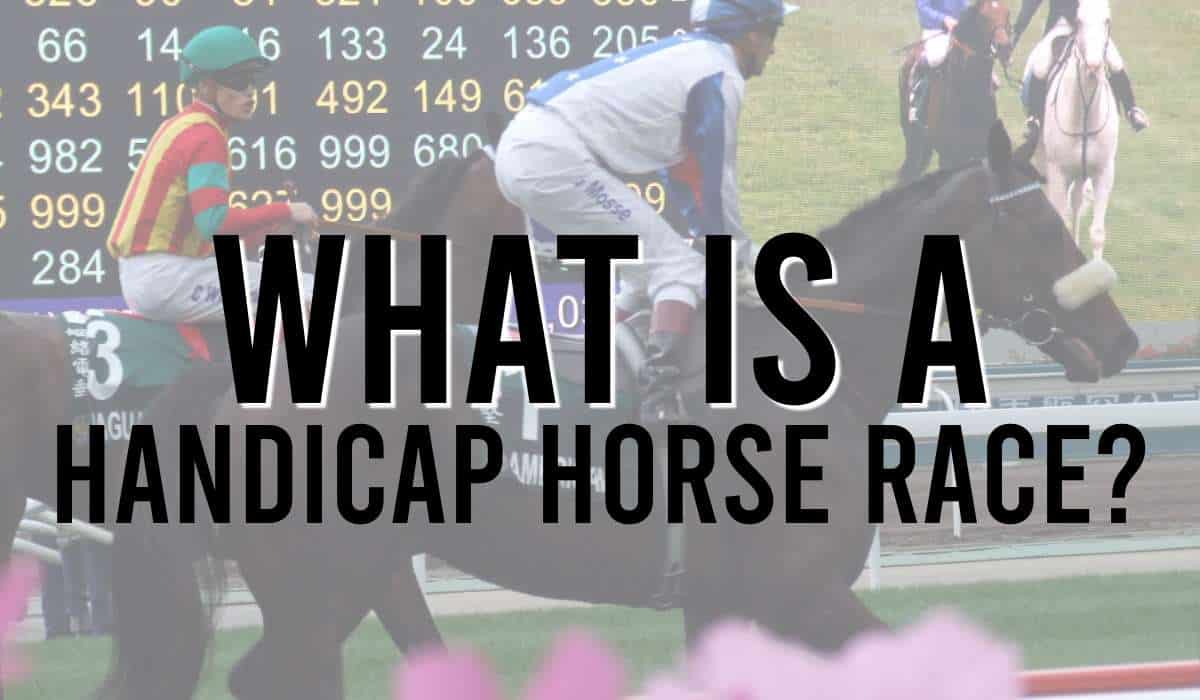
- What Is A Stewards Enquiry In Horse Racing?

- What is the Best Post Position in Horse Racing?
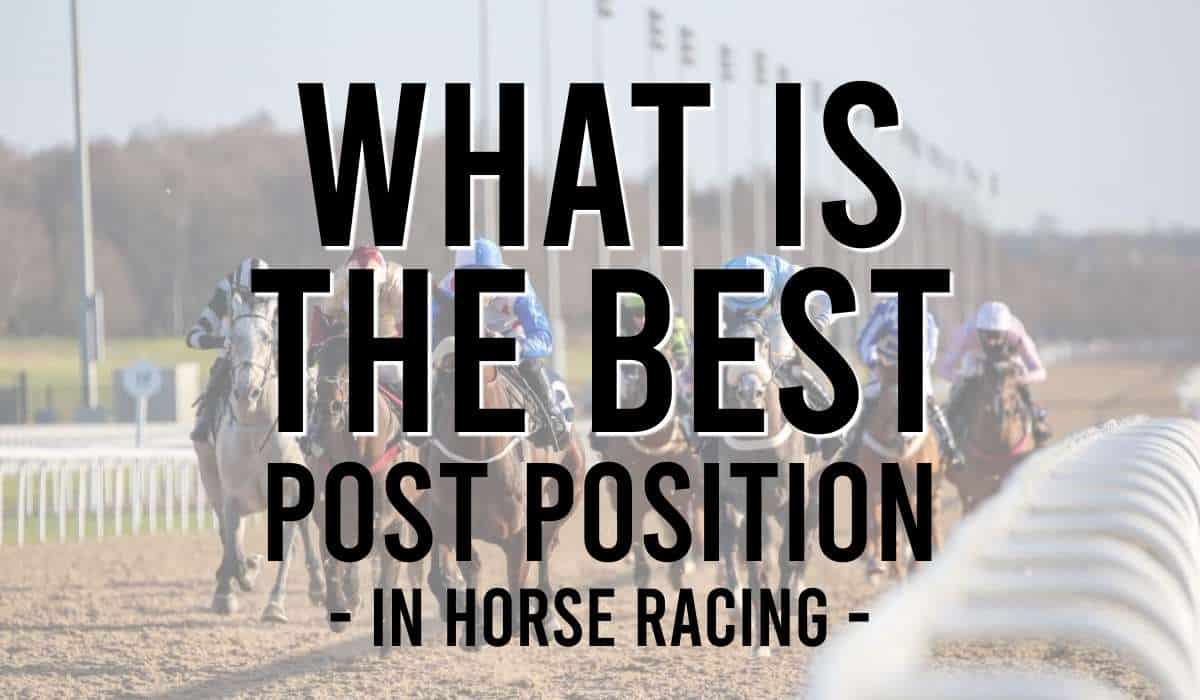
- What To Wear At The Races

- Winning Distances In Horse Racing
